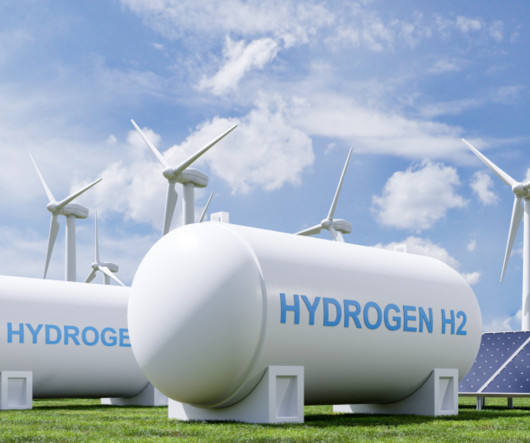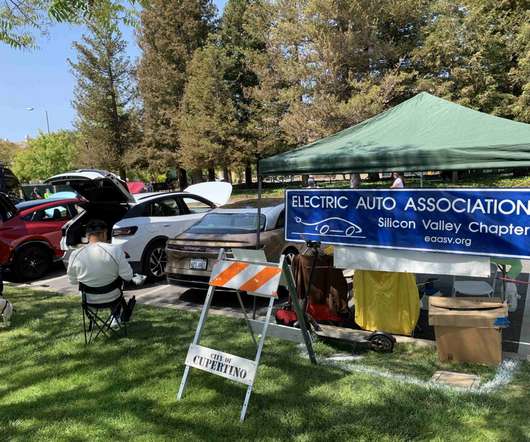Stanford team develops new low-voltage single-catalyst water splitter for hydrogen production
Green Car Congress
JUNE 23, 2015
Researchers at Stanford University have developed a new low-voltage, single-catalyst water splitter that continuously generates hydrogen and oxygen. In the reported study, the new catalyst achieved 10 mA cm −2 water-splitting current at only 1.51 V V to reach 10 mA cm −2 current (for integrated solar water splitting).


























Let's personalize your content